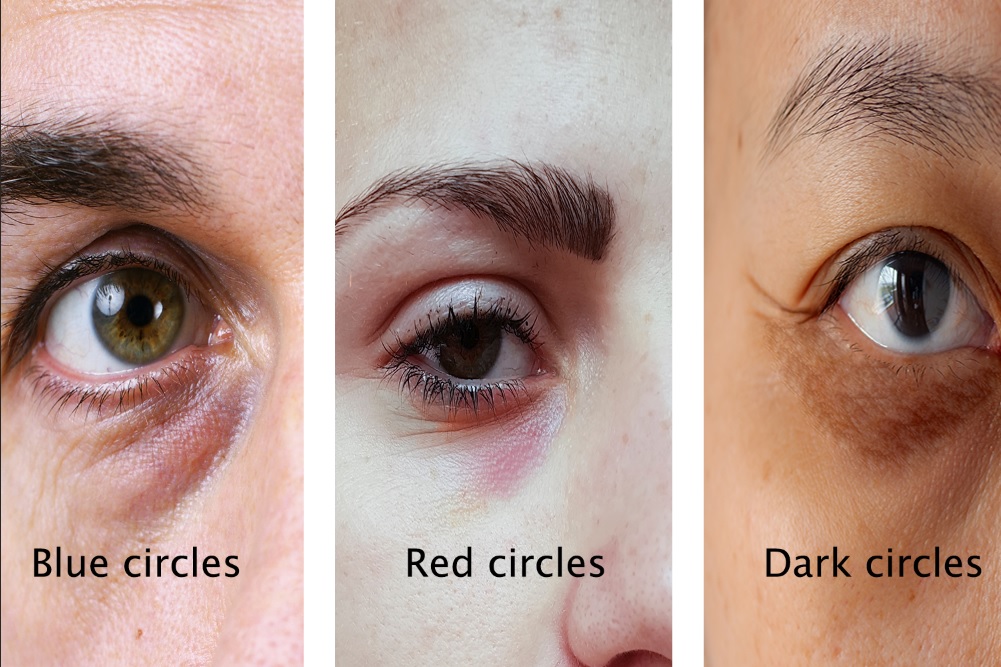Dark circles under eyes
Effective Treatments for Bluish, Violet, and Dark Under-Eye Circles
Results of Dark Circle Treatments

Personalized Approach to Dark Circle Treatment
1
In-Depth Consultation and Advanced Imaging
2
Customized Treatment Protocol for Your Dark Circle Type
3
Start of Treatment & Follow-Up to ensure progress
What Are Under-Eye Dark Circles?
Having dark circles under your eyes can make you look tired, even if you’ve had a good night’s sleep. What causes these dark circles, and why does their color vary from one person to another? How do we determine the type of dark circles you have?
Here is the difference between the types of dark circles:
- Bluish or Purple Dark Circles: These are linked to the transparency of the skin. Thin skin reveals small bluish veins and is often accompanied by under-eye puffiness.
- Dark Circles: These are associated with the presence of multiple micro-capillaries, especially near the inner corner of the eye.
- Dark or Pigmented Circles: These are caused by the presence of superficial or deep pigments. When genetic, the entire area around the eye is affected.
Types of Dark Circles

Our Approach to Dark Circles Treatment
To achieve optimal results in dark circles treatment and under-eye rejuvenation, it is crucial to select the right approach based on the specific type of under-eye circle. At our clinic, we use advanced 3D imaging technology to analyze each dark circle in detail. This allows us to visualize what lies beneath the skin’s surface, including pigmentation levels and blood circulation.
Once the type of under-eye circle is identified, we develop a personalized treatment plan tailored to your needs. This may involve the application of topical medicated creams designed to lighten pigmentation. Additionally, targeted laser therapy can address the veins or microcapillaries responsible for the red or bluish tint under the eyes.
Depending on your condition, other treatments may also be recommended to improve the overall skin quality and appearance around the eyes.




